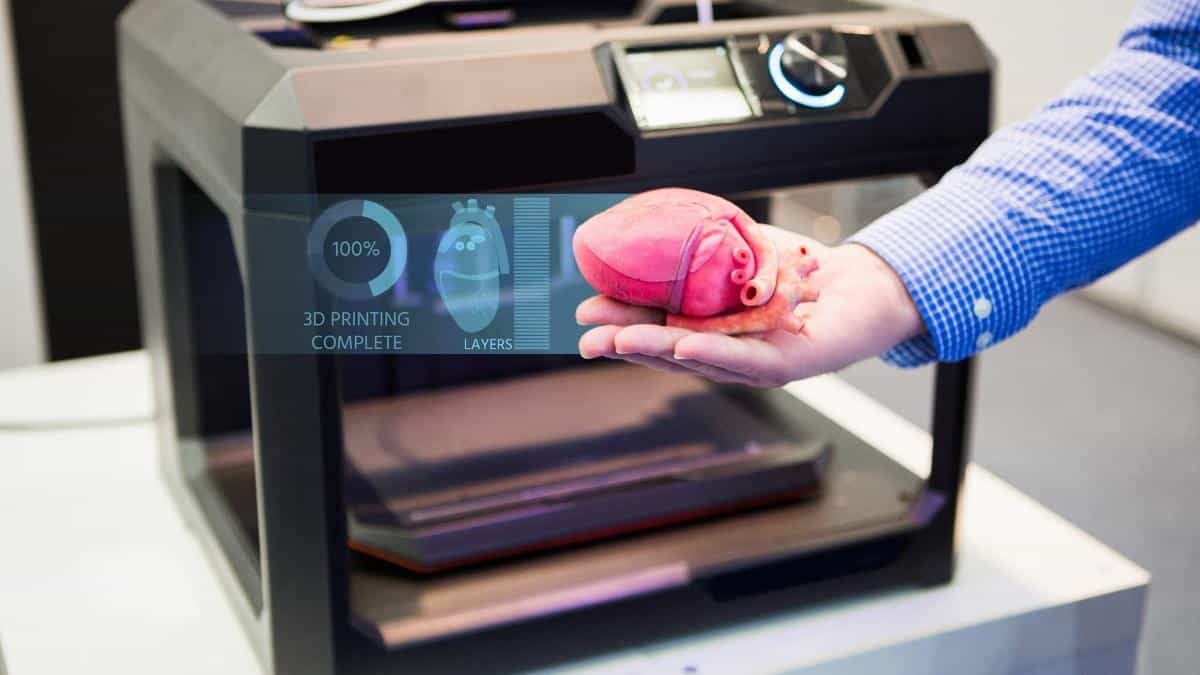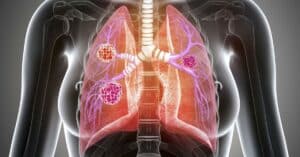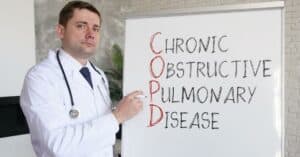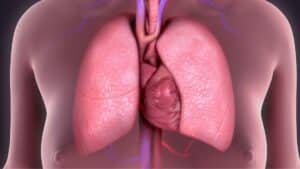National Donate Life Month
Each April, the United States celebrates National Donate Life Month (NDLM). For one month, we think of the thousands of individuals patiently waiting for an organ such a lung that will change their life forever.
Right now, there are nearly 124,000 people in the United States currently waiting for an organ transplant. But the organ donation stats are even more startling than that.
- More than 1,000 of the individuals waiting for an organ are under 10 years of age.
- On average, 150 people are added to the nation’s organ transplant waiting list each day; that’s one every 10 minutes.
- Sadly, on average, 21 people die each day because the organs they need are not donated in time.
Seeing the sad reality that hundreds of people die each year due to a lack of an organ donor, researchers are looking for an alternative. Enter 3-D printing.
3-D Printing
The new process of 3-D printing everything from toys to collectibles to nuts and bolts has taken a life-changing turn. Now, scientists are finding a far more complex and exciting possibility: 3-D printing human organs.
For years, medical researchers have been reproducing human cells to create blood vessels, skin tissue and other living body parts. Some revolutionary physicians are even using autologous cells to promote healing for sufferers of a variety of pulmonary conditions.
Using the precise ability for 3-D printers to reproduce vascular systems is simply the next step on the journey to a healthier world.
Currently, the technology for printing whole human organs for surgical transplants is still years away. But there’s hope that 3-D printers could someday produce much-needed organs for transplants.
An Introduction to Bioprinting
An article from CNN, The next frontier in 3-D printing: Human organs, explains the basics of the emerging technologies:
“Bioprinting works like this: Scientists harvest human cells from biopsies or cells, then allow them to multiply in a petri dish. The resulting mixture, a sort of biological ink, is fed into a 3-D printer, which is programmed to arrange different cell types, along with other materials, into a precise three-dimensional shape.
Doctors hope that when placed in the body, these 3-D-printed cells will integrate with existing tissues.”
So far, there have been several successes including a two-year old girl, born without a trachea, who received a windpipe built with her own cells. At the heart of emerging medical technologies reside cells.

Christine Kingsley, APRN is the Health and Wellness Director at the Lung Institute where she focuses on providing helpful online resources for people looking for information on various lung diseases, breathing exercises, and healthy lifestyle choices. She advocates for holistic care that involves working with your doctor to explore all options including traditional and alternative care while focusing on diet and exercise as proactive measures.









